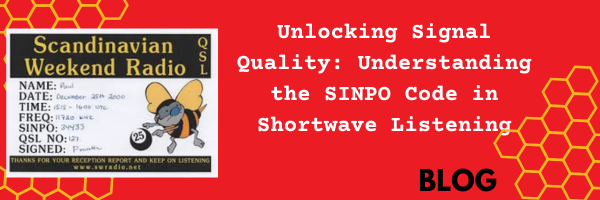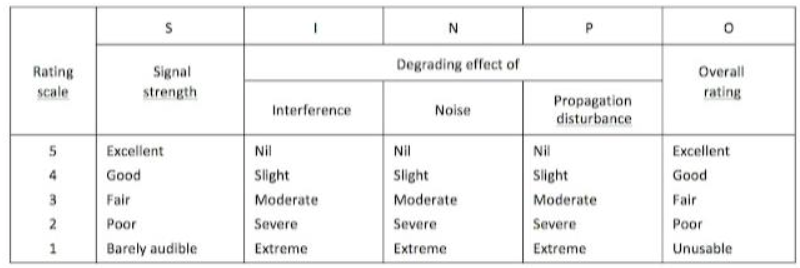
When it comes to evaluating signal reception in the world of shortwave radio, the SINPO code reigns supreme. This universally adopted format provides a comprehensive assessment of signal quality, aiding broadcasters in fine-tuning their transmissions for optimal reach. From signal strength to overall clarity, each component plays a crucial role in deciphering the effectiveness of radio transmissions. Let’s dive into the intricacies of the SINPO code and how it facilitates seamless communication between shortwave listeners and broadcasters.
There is a universally used format for evaluating signal reception, when submitting a signal report and QSL card request, called the SINPO code. It calls for 4 reception parameters to be logged and a final evaluation of overall reception made. SINPO, is an acronym for signal, interference, noise, propagation, and overall, is a code used to describe the quality of radio transmissions, especially in reception reports written by shortwave listeners (SWLs). Each letter of the code stands for a specific factor of the signal, and each item is graded on a 1 to 5 scale.

Understanding the SINPO Code in Shortwave Listening
So when a shortwave listener is submitting a reception report to a broadcaster, using the SINPO code will help the broadcaster assess the effectiveness of their transmission in reaching the target zone.
In addition to using the SINPO code it is also useful to provide the following information when submitting a signal report:
Date and time in UTC, frequency, receiving equipment (receiver, antenna, and antenna orientation if directional), program details including content (ie news, music, etc), a contact address or email, for the station response.
Most broadcasters will respond with a QSL card or letter confirming reception.



Leave a Reply
Want to join the discussion?Feel free to contribute!